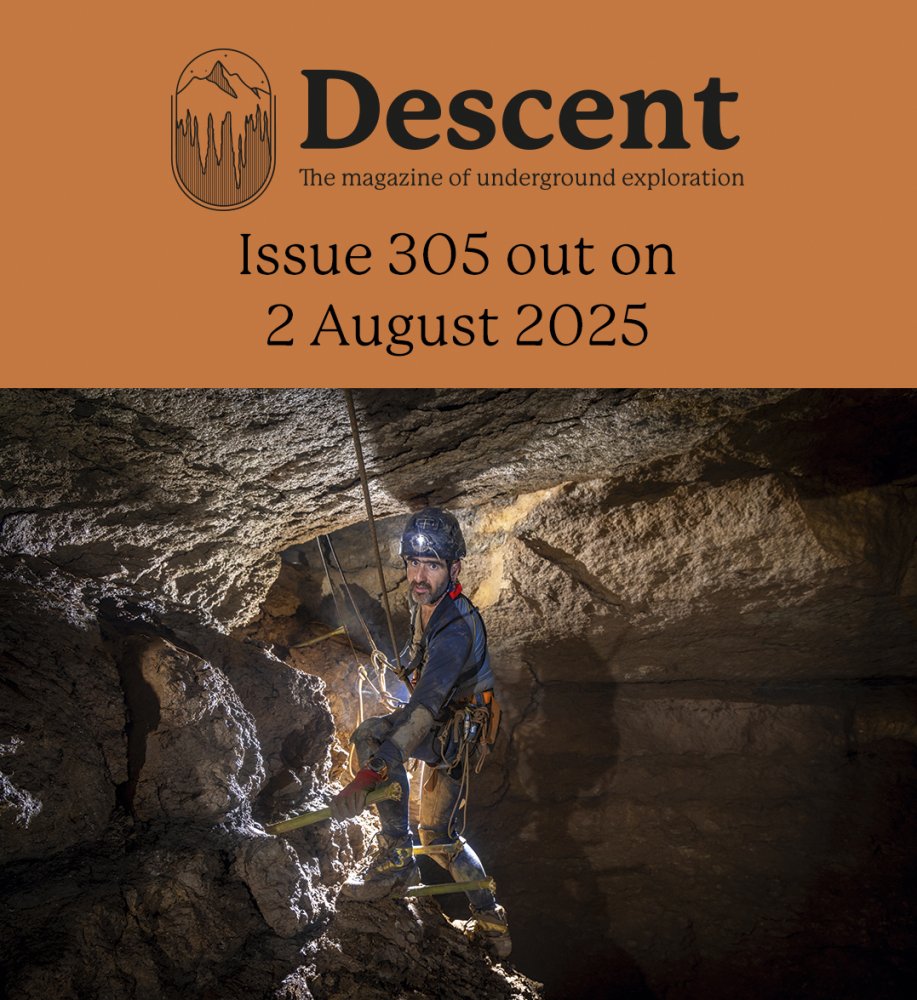This is something that's open to much debate, but I guess the simple answer is that it would depend on the training and experience of those involved and the situation that arose.
The CDG don't train for "buddy breathing", though many members have trained for this situation through other agencies. However the need should never arise in a cave like Wookey, which has multiple exit points, so a diver with two independent breathing sets should have no difficulty reaching an exit point, even in the event of a catastrophic failure of one breathing set. Knowing the line junctions and exit points is obviously key and in a training situation, such as
@jonnybellman 's video above, there is someone present who knows the cave, so escorting to an exit would probably be more appropriate than trying to air-share. Certainly attempting an emergency procedure that has not been trained for, practiced and agreed in advance has the potential to make a situation much worse.
Outside a training situation, we don't tend to dive together at all. For example, three of us were diving at Wookey last night, we all set off when we were ready, and passed each other at various points in the cave, but treated each other as a hazard to be avoided, not a backup. Personally, I was pleased to get into an area where the others hadn't been, as the visibility was much better and I'm sure the others felt exactly the same when they were in places I'd not been!
And another vote for the Benny Hill soundtrack!





